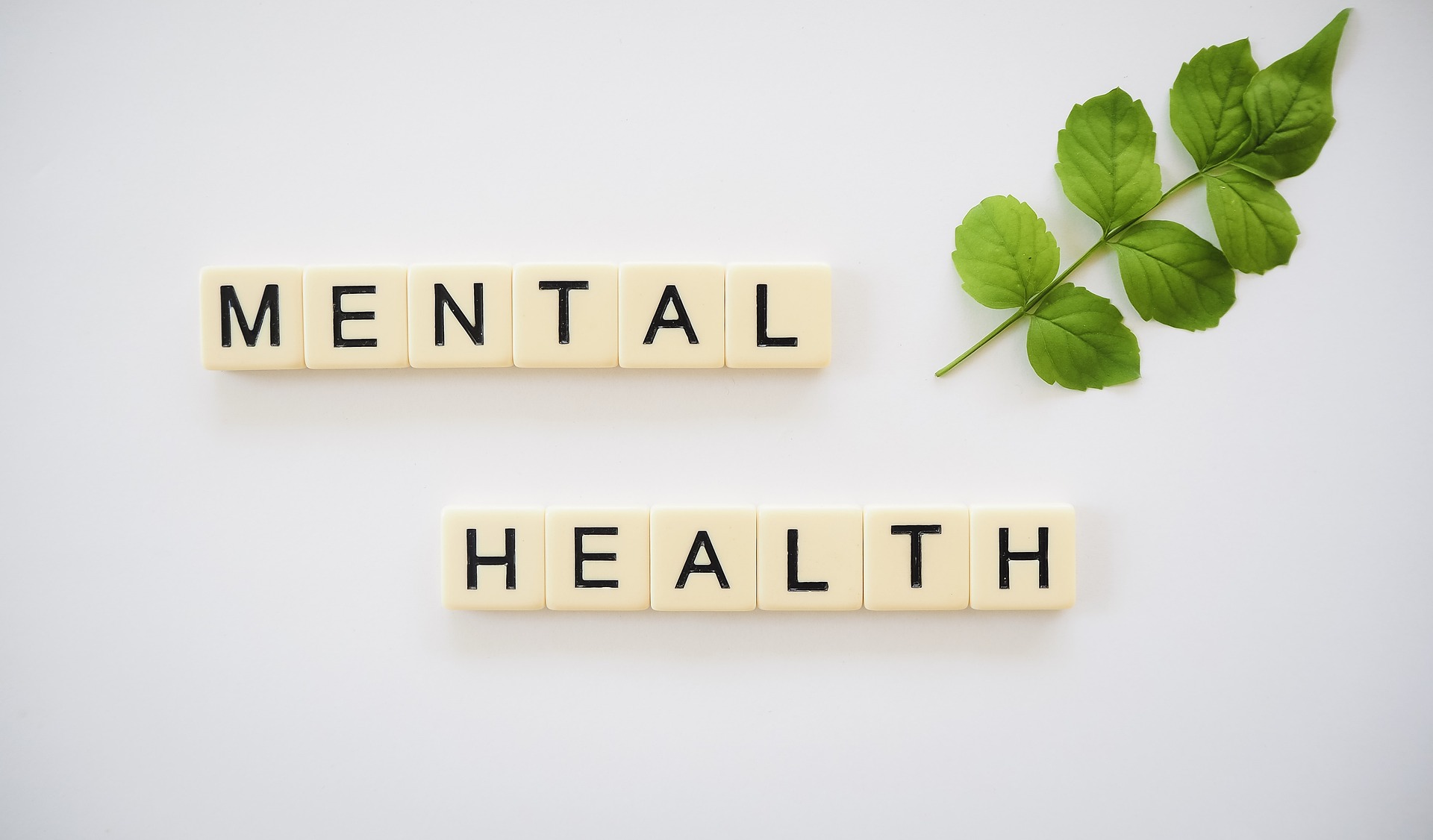Understanding Anxiety: Tracing Its Origins and Exploring Modern Treatments
There are few mental health issues as widely experienced yet misunderstood as anxiety. In the United States alone, approximately 40 million adults suffer from anxiety disorders, making it the most common mental illness in the country. Despite this prevalence, only about a third of those affected receive treatment, due in part to the persistent stigma and misconceptions surrounding the condition. This article aims to shed light on the historical context of anxiety, its current relevance, trends in its impact and reception, and unique insights into modern treatments.

Anxiety Through the Ages: A Historical Context
Anxiety, as a concept, has been recognized and documented for centuries. Ancient Greek physician Hippocrates described a condition characterized by extreme fear and worry as early as the 4th century BCE, which we now recognize as symptoms of anxiety. In the Middle Ages, anxiety was often interpreted as a spiritual or supernatural affliction and treated with prayers or rituals.
The understanding of anxiety as a medical condition began to take shape during the 19th century, with the advent of psychiatry. The term “anxiety neurosis” was first introduced by Sigmund Freud, who viewed the condition as a result of repressed emotions and unconscious conflicts. This laid the groundwork for future exploration and understanding of anxiety disorders.
Anxiety Today: Current Relevance and Impact
In the contemporary world, anxiety disorders have taken center stage in discussions about mental health. In the face of a rapidly changing and often unpredictable world, more people are experiencing symptoms of anxiety. The World Health Organization (WHO) has identified it as a major global health concern, with anxiety disorders now considered the sixth leading cause of disability worldwide.
Anxiety can have a profound impact on an individual’s life, affecting their relationships, work performance, and overall quality of life. Moreover, it puts a significant strain on healthcare systems and economies, due to the associated costs of treatment and lost productivity.
Shifting Perceptions: Trends in Reception of Anxiety
With the rise of mental health awareness, the stigma surrounding anxiety has been gradually decreasing. More people are recognizing it as a legitimate health issue, rather than a sign of personal weakness or failure. This shift in perception has been accompanied by an increase in those seeking help, which is a positive trend.
However, there is still a long way to go. Misconceptions and stereotypes about anxiety continue to persist, often discouraging those affected from seeking help. There is a need for ongoing education and advocacy to further break down these barriers and normalize discussions around mental health.
Advancements and Innovations: Modern Treatments for Anxiety
The field of mental health has seen significant advancements in the treatment of anxiety. Cognitive-behavioral therapy (CBT) has emerged as one of the most effective treatments, helping individuals to identify and change unhealthy thought patterns that contribute to anxiety. Medications, such as selective serotonin reuptake inhibitors (SSRIs) and benzodiazepines, are also widely used.
In recent years, there has been a growing interest in alternative and complementary therapies. Mindfulness-based interventions, such as meditation and yoga, have been shown to reduce symptoms of anxiety. Similarly, emerging research points to the potential benefits of nutritional psychiatry, exploring the impact of diet on mental health.
Moreover, digital technology has opened up new avenues for treatment. Online therapy platforms and mental health apps have made treatment more accessible, especially for those in remote areas or those who may be hesitant to seek in-person help.
A Path Forward in Understanding and Treating Anxiety
As our understanding of anxiety continues to evolve, so too must our approaches to treatment. It’s crucial that we continue to challenge stigma, spread awareness, and promote access to effective treatments.
While anxiety can be a debilitating condition, it is also highly treatable. With the right support and resources, those affected can lead fulfilling and productive lives. As we move forward, let’s strive for a world where no one has to suffer in silence.




